Greek AP Art History Study Guide
1/33
Earn XP
Description and Tags
Name | Mastery | Learn | Test | Matching | Spaced |
|---|
No study sessions yet.
34 Terms
Caryatid
A sculpted female figure used as a column in architecture, often seen in the Erechtheion.
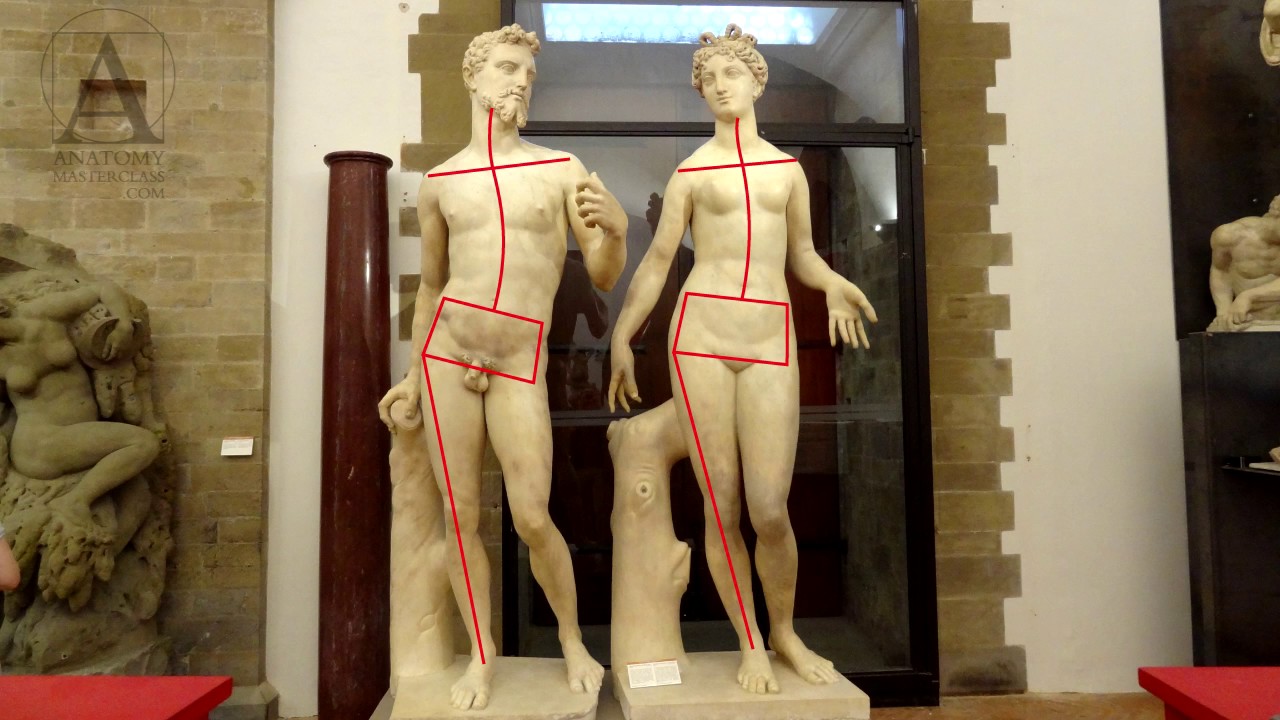
Contrapposto
An Italian term meaning 'counterpose,' referring to a stance in sculpture where the figure’s weight is shifted onto one leg.
Encaustic
A painting technique where pigments are mixed with hot wax and applied to a surface, commonly used in Greek art.
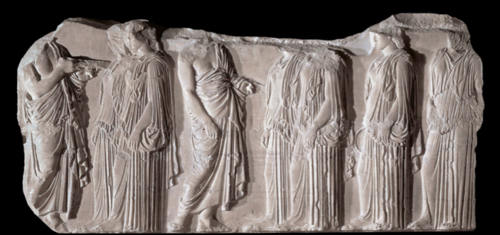
Isocephalism
The practice of arranging figures so that their heads are all at the same height, typically used in frieze compositions.
Kiln
A furnace or oven used for firing pottery or sculptures.
Kouros
An early Greek statue of a young man, often shown in a standing, rigid pose.
Krater
A large, ancient Greek vessel used for mixing wine and water, often decorated with detailed scenes.
Mosaic
Art created by arranging small pieces of colored stone, glass, or other materials to form an image.
Palaestra
A public place for athletic training in ancient Greece, typically part of a larger gymnasium complex.
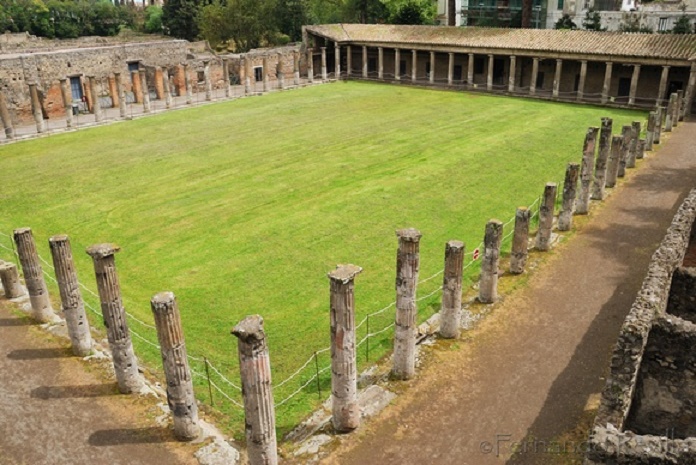
Peplos
A simple, draped garment worn by women in ancient Greece.
Portico
A structure consisting of a roof supported by columns, typically at the entrance of a building.

Stele
An upright stone slab or pillar, often used as a grave marker or to commemorate an event.
What was the significance of the Anavysos Kouros in Greek art?
It represents a more naturalistic representation of the male form, reflecting the transition from Archaic to Classical style.
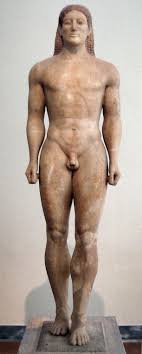
What does the Peplos Kore statue represent?
It showcases the development of the female form in Greek art and originally was painted.
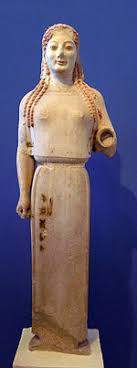
Who created the Spear Bearer and what does it exemplify?
Polykleitos, it exemplifies the Classical Greek canon of proportions, demonstrating balance and idealized human anatomy.
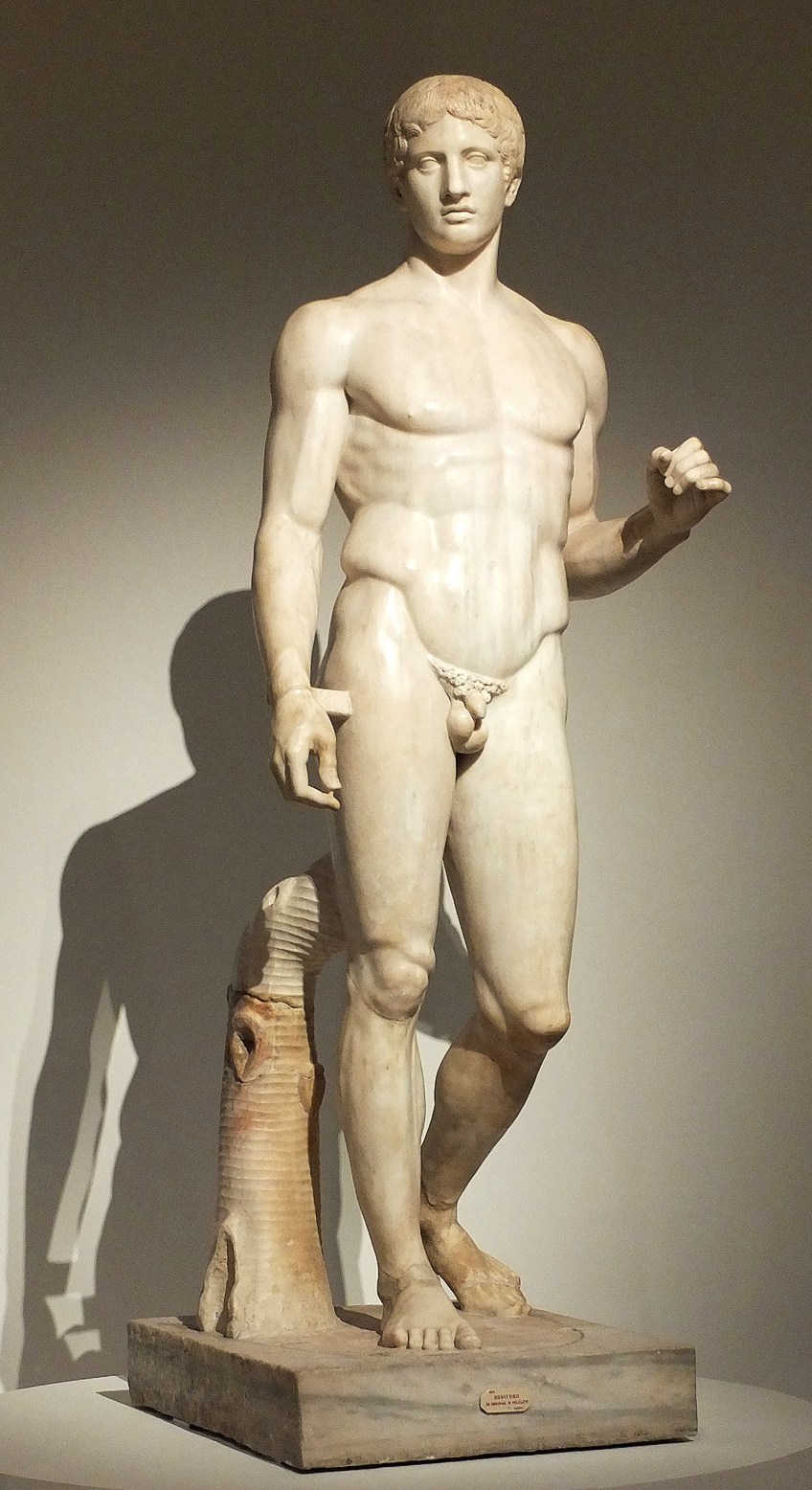
What does the Helios, Horses, and Dionysos depict?
It represents mythological figures in a dynamic and realistic style.
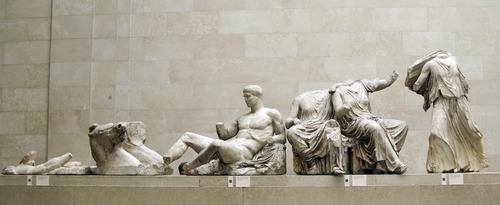
What is depicted in the Plaque of Ergastines?
The Panathenaic procession, showing the idealization of the human form and the importance of civic ritual.
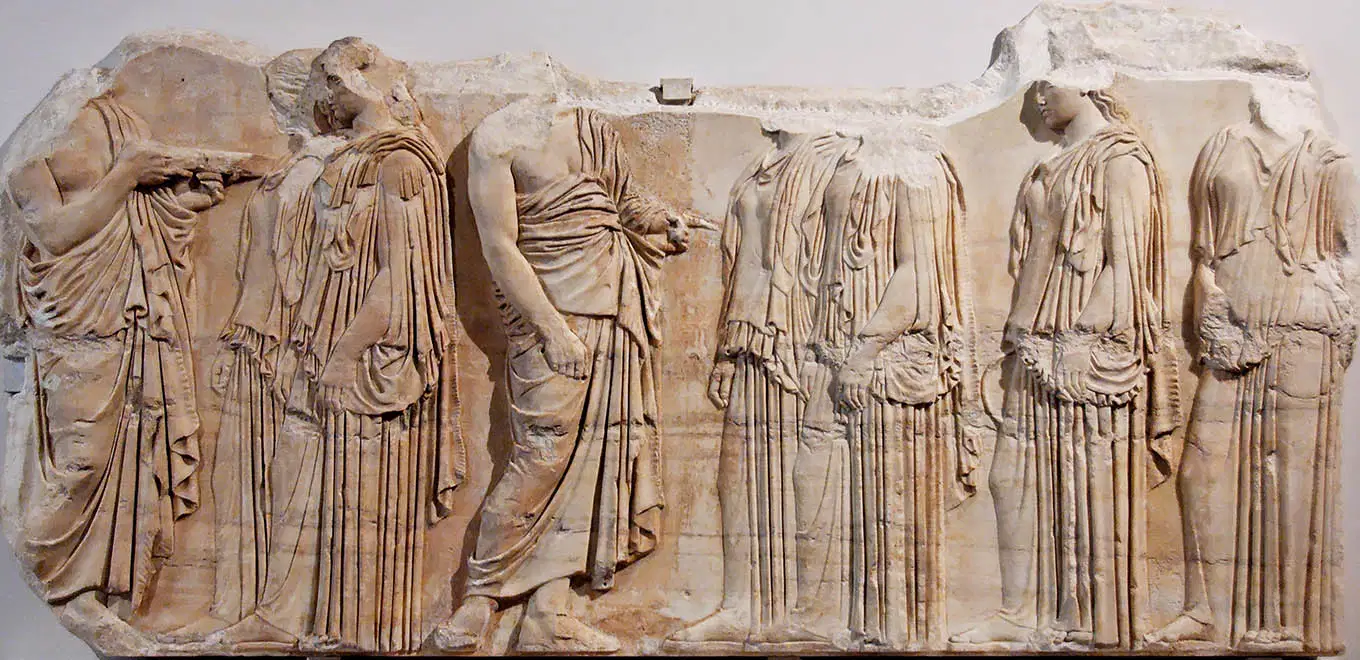
What is significant about the sculpture Victory Adjusting her Sandal?
It is a Hellenistic sculpture demonstrating dramatic movement and the use of the 'wet drapery' style.
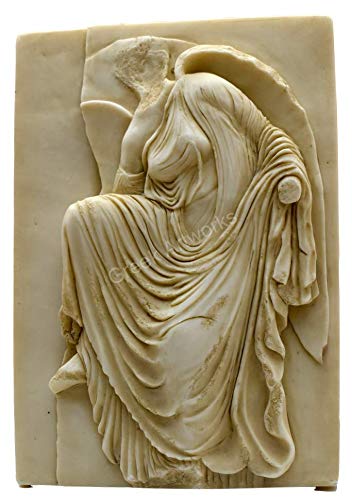
What does the Grave Stele of Hegeso depict and signify?
A moment of personal reflection, focusing on domestic life; it is a funerary stele.
What is the Winged Victory of Samothrace known for?
It is a dramatic sculpture of Nike in motion, considered a masterpiece of Hellenistic art.
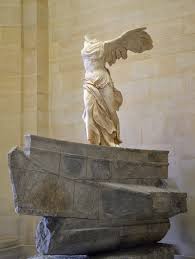
What historical and artistic themes are present in Athena from the Pergamon Altar?
It depicts the battle between gods and giants, with intense narrative and emotional expression.
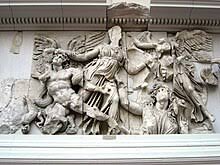
What is captured in the sculpture of the Seated Boxer?
Emotion and realism, showing a defeated boxer in a moment of reflection.
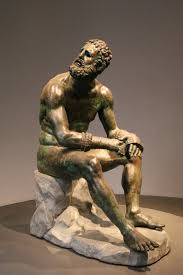
What is unique about the Erechtheion's architecture?
It is famous for its asymmetrical design and the use of Caryatids.
What does the Parthenon represent in Greek architecture?
The most famous Greek temple, built for Athena, showcasing the Doric order and Greek ideals of harmony.
What is the Propylaea?
The monumental gateway to the Acropolis, designed by Mnesicles.
What characterizes the Temple of Athena Nike?
It is a small Ionic temple on the Acropolis, known for its elegance and sculptural reliefs.
What does the Altar of Zeus and Athena at Pergamon depict?
The dramatic friezes of the battle between gods and giants (Gigantomachy).
What defines the Doric Order in Greek architecture?
It is the simplest column style, with no base and a plain, round capital.
What features distinguish the Ionic Order?
It has a base and more ornate capitals with volutes (spiral scrolls).
What makes the Corinthian Order unique?
It is the most elaborate column style, with a capital decorated with acanthus leaves.
What is the capital of a column?
The topmost part of the column.
What is the shaft of a column?
The vertical, cylindrical part of the column.
What is the base of a column?
The bottom part of the column that rests on the floor or stylobate.
What is the entablature?
The horizontal section above the columns, including the architrave, frieze, and cornice.